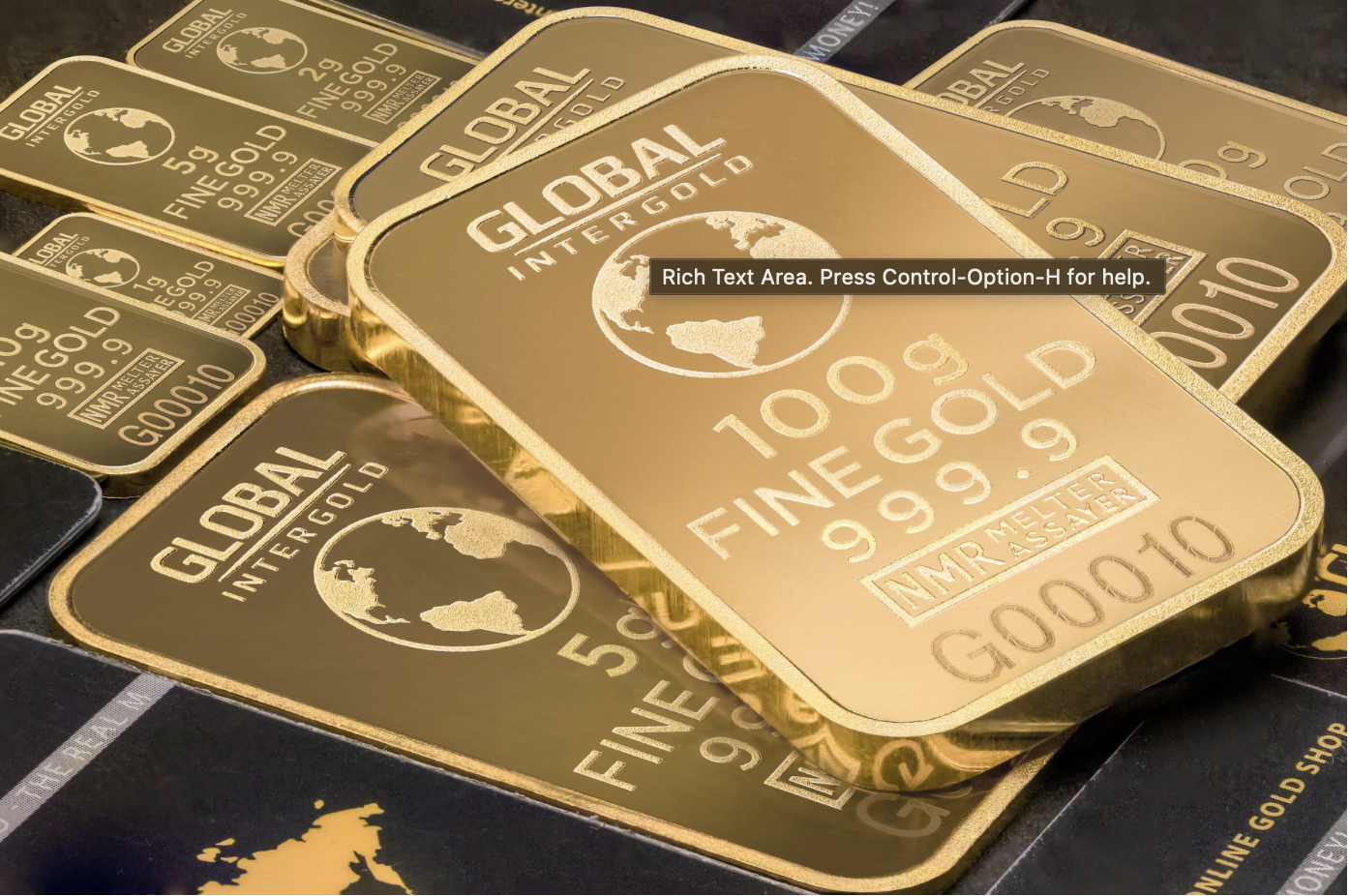For centuries, gold has held a revered position in global finance, often regarded as a spiritual symbol of wealth and stability. Its allure stems from its ability to protect value during inflationary periods while serving as a tangible representation of financial prosperity. As we approach the second quarter of 2025, the question arises: will gold continue to reign supreme amidst rapidly advancing technology, escalating geopolitical risks, and uncertain central bank policies?
The Current Landscape: Gold’s Dominance
Recent evidence suggests that gold remains a dominant force in the financial world, showing no signs of relinquishing its throne. The market spotlight has shifted back to precious metals, with gold leading the charge. Prices have surged to near-historical peaks as investors seek refuge from soaring inflation rates, declining currency values, and unpredictable market conditions. This renewed interest in gold is not an isolated phenomenon; it is accompanied by a resurgence in demand for other precious metals like silver, platinum, and palladium, as investors turn to these assets for protection against financial turbulence.
The Role of Technology in Precious Metals Trading
The rise of online trading platforms has revolutionized how investors engage with precious metals. Platforms like Exness have made it easier for individuals in Kenya and beyond to trade gold and silver as a hedge against market volatility. The advent of computer-based trading has democratized access to these assets, allowing a broader range of investors to participate in the market. The demand for alternative assets has spurred innovation within the financial industry, leading to the development of tech-powered trading platforms that offer features such as fractional trading, real-time data, and low-fee access to precious metals.
Why Gold Is Back on Top in 2025
A unique confluence of international market dynamics has contributed to the recent surge in gold prices. Emerging market central banks are showing unprecedented interest in acquiring physical gold, a trend that began in 2022. Countries like China, Russia, and Brazil are diversifying their reserves to reduce dependence on the U.S. dollar and safeguard against economic uncertainties. This strategic shift reflects a broader desire among nations to bolster their financial security through tangible assets.
Central banks worldwide are grappling with persistent inflation that exceeds their official targets. Years of aggressive interest rate hikes, followed by abrupt policy shifts, have led investors to turn to gold as a means of preserving purchasing power. Retail investors are increasingly accessing gold through electronic fund trust (ETFs), futures contracts, and digital tokens, seeking to counteract the instability of equity markets and sluggish bond yields.
As we enter 2025, the U.S. dollar’s strength as a protective asset is waning. Political uncertainties and rising national debt are eroding confidence in the dollar, making gold an increasingly attractive option for those seeking inflation-resistant, non-sovereign assets.
The Green Energy Factor: Silver and Platinum
The price of silver, alongside gold, continues to rise during this bullish market phase. Silver’s dual role as both an industrial metal and a precious asset positions it favorably in the context of the green energy revolution. With solar panel manufacturers relying heavily on silver, demand is expected to grow rapidly due to government initiatives promoting solar power adoption. This combination of tight supply and increasing demand is driving prices higher.
Platinum and palladium, once primarily used in automotive catalysts, are finding new markets in the hydrogen-powered and hybrid vehicle sectors. Innovations in clean energy storage and fuel cell technologies are creating fresh opportunities for these metals, even as the electric vehicle industry undergoes significant transformation.
The Digital Age of Precious Metals Trading
The landscape of precious metals trading is evolving, thanks to advancements in technology. Modern investors no longer need to purchase traditional gold bars or coins; instead, they can trade precious metals in more sophisticated ways. Tokenized assets backed by gold reserves are becoming increasingly popular, allowing investors to leverage blockchain technology for greater convenience and accessibility.
The surge in users signing up for platforms that facilitate precious metals trading through derivatives, ETFs, and CFDs has reached unprecedented levels. This accessibility empowers traders in regions like Nairobi, Mumbai, and Manila to engage with the market on par with institutional players in New York and London. The democratization of commodity trading is transforming the sector, as new participants from diverse backgrounds introduce innovative strategies and adapt to market shifts.
The Long-Term Outlook: Is Gold Here to Stay?
Gold’s enduring value is rooted in its rarity, liquidity, and historical significance. Unlike fiat currencies, gold does not default and retains its worth even during institutional insolvency. In today’s high-risk digital landscape, these qualities are more crucial than ever.
While the financial ecosystem is evolving, gold’s status as a safe-haven asset remains intact, albeit alongside emerging commodity assets. New digital technologies and sustainable investments are challenging traditional financial paradigms, offering real-time market transparency and innovative solutions. Rather than displacing gold, these new assets are complementing its role in the financial landscape.
Investors are increasingly utilizing precious metals for decentralized finance systems, ESG investment solutions, and traditional jewelry, further solidifying gold’s relevance in a transforming global market. As we navigate the uncertainties of 2025, gold is not merely surviving; it is thriving, showcasing its resilience and adaptability.
In conclusion, gold’s prominence in the financial world is far from waning. As we witness the interplay of ancient traditions and modern innovations, it becomes clear that gold will continue to play a vital role in shaping investment strategies for years to come. Whether through bullion, digital tokens, or innovative trading platforms, gold’s legacy endures, proving that its power remains unyielding in an ever-changing economic landscape.




